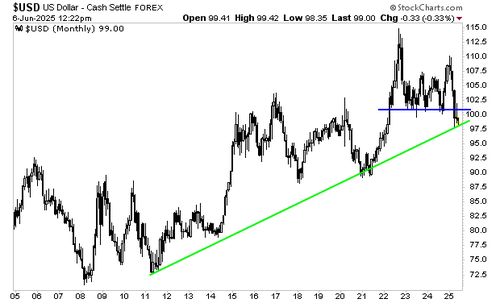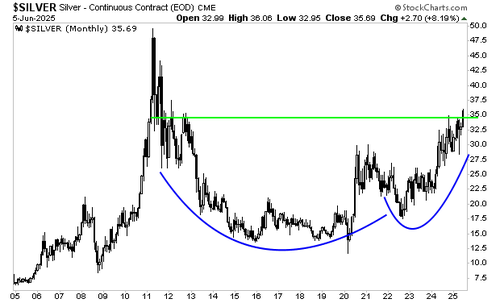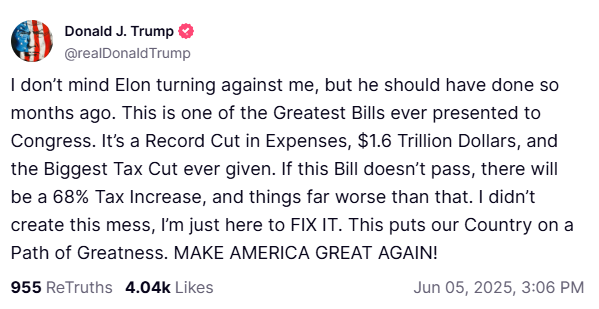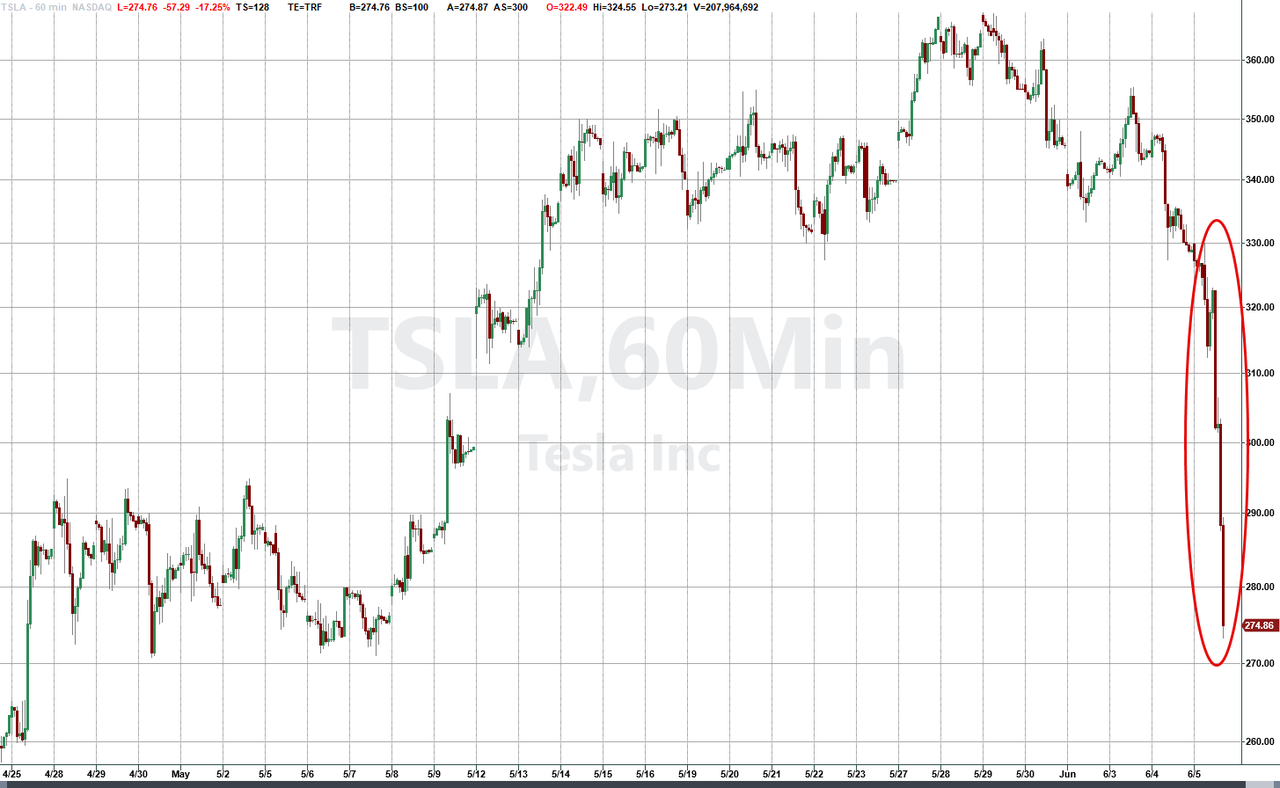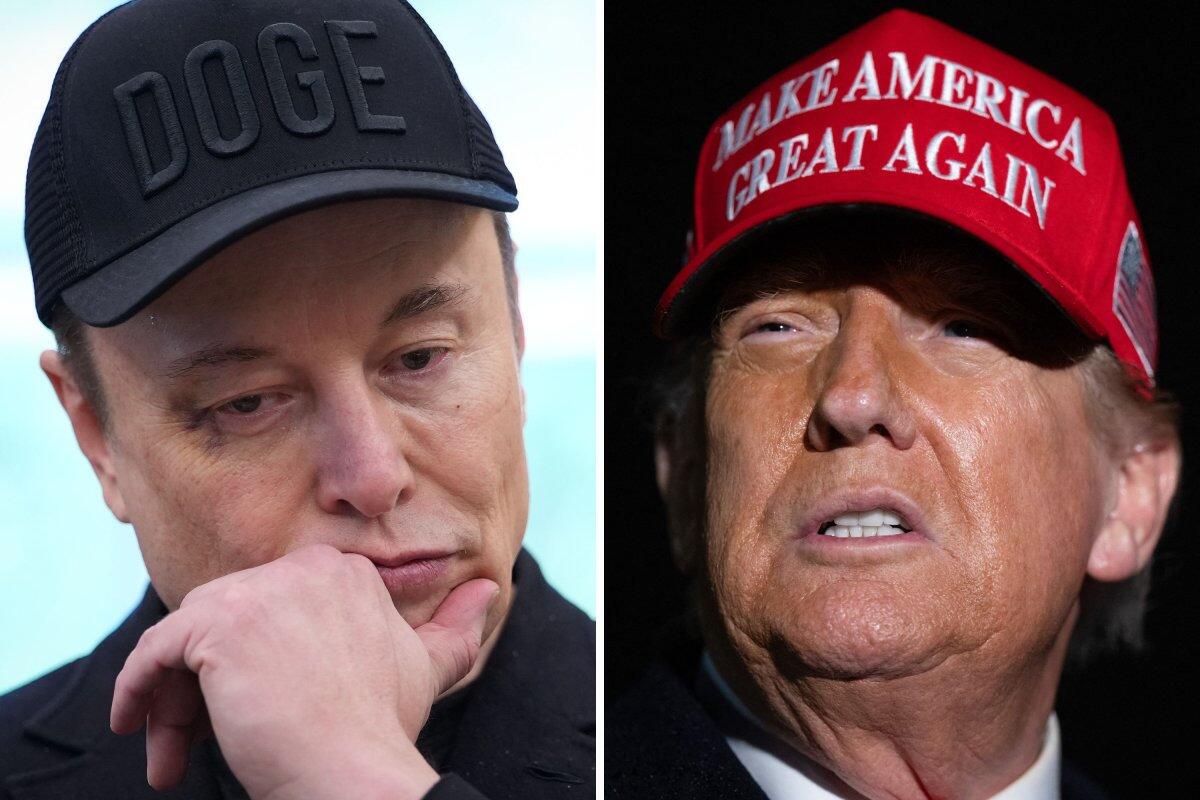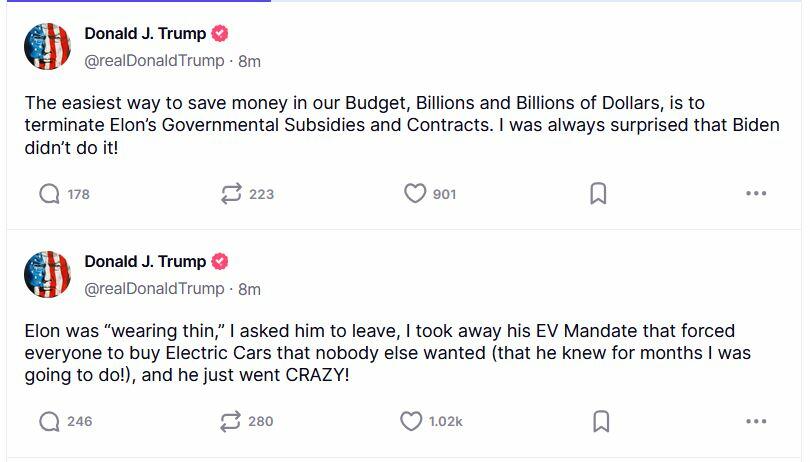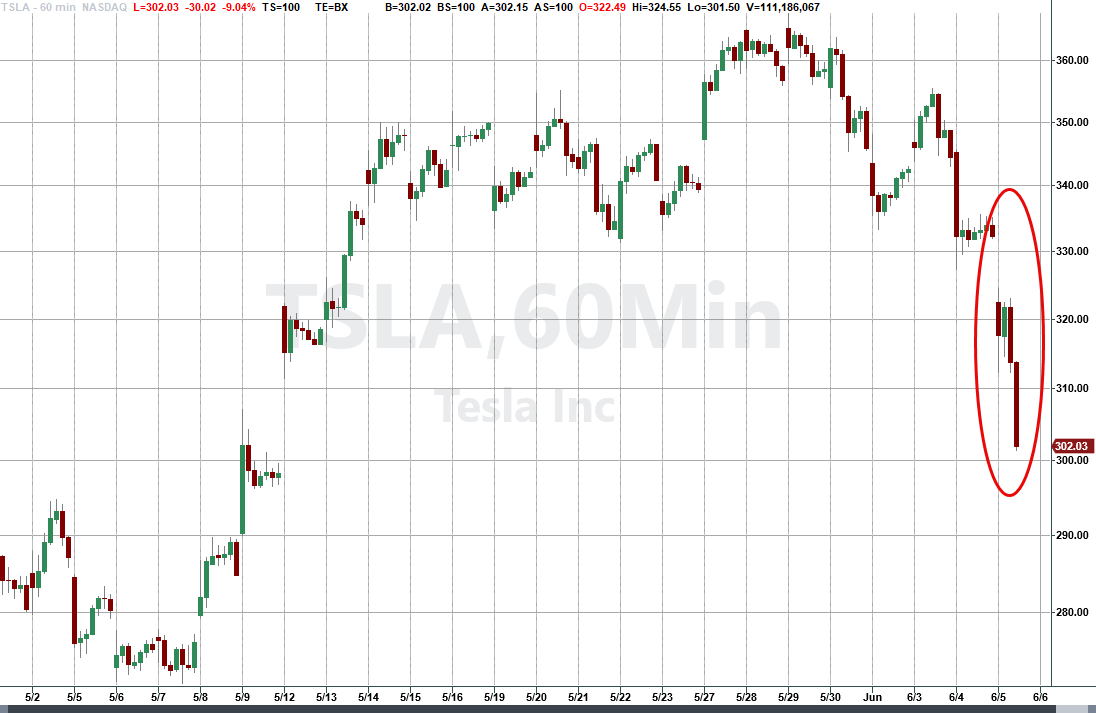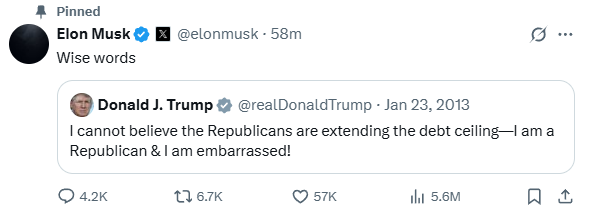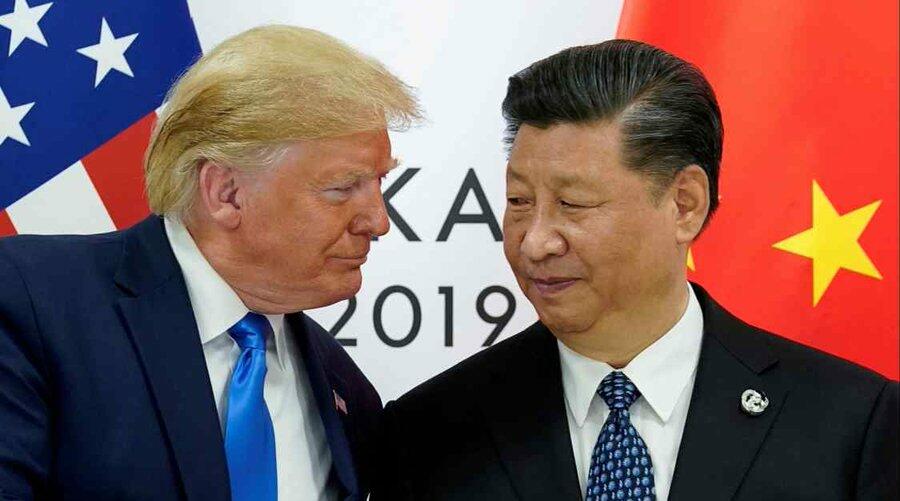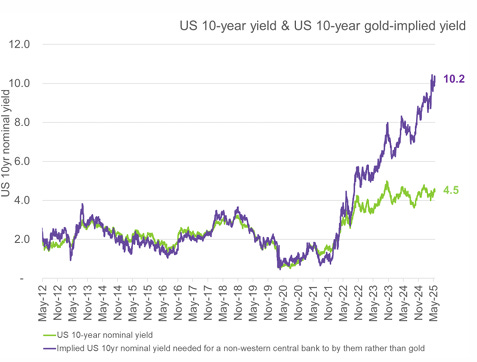Authored by Jeffrey Tucker via The Brownstone Institute,
The excuse that this regime is better than it was, or might otherwise have been, only lasts so long.

Every transition government in history has deployed that trope.
Think the Girondins in France, Kerensky in Russia, Weimar in Germany,
the Second Spanish Republic, Chiang Kai-shek in China, and so on. In
order, they were replaced by Robespierre then Napoleon, Lenin then
Stalin, Hitler, Franco, and Mao.
In each of these cases, the transitional government was caught between and ultimately smashed by pressures from both sides: industrial
and intellectual partisans of the old regime with legacy control, on
one side, and the radicalism of the populist movements that brought new
people to power on the other.
Threading this needle
is not easy in revolutionary moments. Of such times, history teaches
one lesson more than any other. The new regime must be brutally honest
about the criminality of the old one and work with focus to dismantle it
as fast as possible. Anything short of that leads to its own
discrediting and eventual replacement.
In every area of
government today under the Trump administration, now entering its second
phase, we witness these very historical forces at work. The grassroots
movement that beat all odds to put the new people in power had high and
even revolutionary expectations following the five most horrid years of
our lives.
Some of these hopes are being partially met in good
ways but blocked and neglected in too many other ways that are
unbearably conspicuous. This dynamic affects the budget disaster, the
demand for transparency, and in the realm of public health.
As
a result, the wild optimism that greeted the inauguration of Trump has
turned to something different, a mixture of incredulity from the
grassroots combined with outrage and disgust from the legacy media and
establishment that fought this revolution at every turn.
This
further raises the prospect about which we’ve repeatedly warned: the
Trump administration could go down in history as a transitional regime
like we’ve seen so many times in history, a four-year experiment in
moderation bookended by different brands of totalitarianism on either
side.
This is a
serious matter, not a parlor game. Nor is this a typical political
battle. What happened over the last five years was for the ages. The
world economy was smashed by nearly all states due to a lab leak for a
product partially funded by the US government. The unannounced fallback
plan, pushed in the name of science, was to universally distribute a new
shot with a new gene-altering technology.
The shot did not work.
It was not effective. It was not safe. Nor were they properly vetted
because they were imposed by military edict under the cover of
emergency. Other therapeutics were disparaged and banned. The critics in
all areas were censored and shut down. People who refused the injection
were fired. Public health collapsed in the name of preserving it.
Those harms have seen no justice.
Meanwhile,
to finance this calamity, debt-financed spending ballooned by $8-10
trillion, leaving the federal government’s budget $2 trillion higher
than it otherwise would have been. The shots are still on the market
despite undeniable and widely known harms.
None of this is a
secret, as it might have been in former times. Because of information
technologies, people are well aware of every detail. The
so-called “populist movement” has become a vast community of in-depth
expertise, fully capable of running circles around legacy people and
institutions.
The new leaders – elected to change course
on all the above and more, including the accompanying crime and
migration chaos – began with tremendous bravado and sweeping edicts that
seemed promising. Four months later, they are asking for patience while
dealing with legacy barriers on all sides from media harassment to
court blockages.
The trouble is that public trust is completely gone.
The whole country, traumatized by years of lies, has become Missouri: show me.
First,
no one believes that the “one big beautiful bill” is just a first step
on the way to future draconian cuts. We’ve seen this too many times,
which is why Elon Musk finally broke his silence and denounced the
entire “massive, outrageous, pork-filled Congressional spending bill” as
“a disgusting abomination.” That has set off a power struggle for the
ages.
Second, in areas of government transparency, there
have been some steps but not nearly enough to fulfill the promises.
There are still no new Epstein files. The JFK files are a mess and
incomplete. We know no more than already public information about the
two shooters who tried to kill Trump. There are still many lingering
questions about 9-11, the Covid disaster, and so much else. This is not
the opening for which the people had hoped.
Third, let’s
talk more at length about the public health area of policy where we’ve
seen the most progress. We have a new and excellent Executive Order on
science. Tax-funded Covid testing has ended. A contract of $750M for a
Bird flu shot has been cancelled. There are new limits on
gain-of-function research, and experiments on beagles and other animals
are over. Many terrible contracts from NIH have been cancelled while
parts of the CDC have been dismantled.
As for
the mRNA shots, the market has been narrowed from everyone to only
vulnerable populations, leaving aside the known issue that vulnerable
populations should not risk them either.
There are new
standards for randomized controlled trials with placebos, but no
assurance that these companies will do them in a timely way. RCTs for a
five-year-old product with massive immune-altering effects can never
cobble together a valid sample selection at this late date, nor is a
continuation of this experiment in any form morally justified.
In
two tremendous victories, the shots have been removed from the routine
childhood schedule, the first time this has ever happened to any product
targeting a specific disease apart from eradication or replacement. In
effect, the CDC/FDA are saying: it is better to get Covid than risk
these products. Such a message will drive uptake to new lows approaching
zero eventually.
In addition, the outrageous advice from
the CDC that expectant women should take them is gone, finally. The
champion of that policy has fled the CDC.
These are all
welcome changes in policies that never should have existed in the first
place. Even now, however, no one says the quiet part out loud: even if
these shots had been safe and effective, which they are not, they were
never necessary for the overwhelming number of people. Which raises the
profound question of how and why all this came to be in the first
place.
There are other initiatives too concerning food nutrition, mental health, and other matters in the MAHA Commission report that are hugely welcome changes from what has existed before.
The people in power in these agencies are pleading for patience. That is not unreasonable. Remember
that these few appointees are confronting a beast larger, more
entrenched, and better financed than any hegemon in human history. The
pharma/media/tech/NGO/academia complex is larger and more powerful than
the slave trade, the East India Company, Standard Oil, or even the
munitions industry that started the Great War.
It’s certain that such a Leviathan cannot be ended in three months, not even with the best people in charge. All
the grassroots really need to see is evidence of progress plus a
transparent reason for delays. If the shots cannot be pulled now, people
need to know why. If Covid emergency powers cannot be ended, explain
why. If the new Moderna shot was already in the works and could not be
stopped, people need to know the reasons.
Everyone who has
watched all this unfold is of two minds, never mind the endlessly
mutating factions within the dissident movements that have seen their
leadership ascend to power. The people in the MAGA/MAHA/DOGE movements
are as thrilled by the progress so far to the same extent that
mainstream media and the legacy establishment are furious about all the
changes.
For my own part, having watched public affairs for
decades, this is the first time I’ve witnessed some progress in at least
one area of state operations. That is worthy of celebration. I don’t
even need to dwell on the many ways in which improvement over the
darkest times of our lives is perhaps not as great an achievement as it
would be otherwise.
That said, the release of yet another shot,
implausibly called NexSpike, especially in light of all evidence and
promises, is a tremendous shock for which no one was prepared. If they
were in the works and the appointees could not stop them, we should be
told that and the full explanation should be given to all. If President
Trump himself is still attached to the foul spawn of Operation Warp
Speed, and has forced them back onto the market despite vast public
opposition, we should know that too.
Above all else, what we really need is the blunt truth about the last five years.
We need to know that the people in office, whether elected or
appointed, still share the deep outrage that fueled the movement that
put them in power. We need to hear frank talk about the harms, the
mandates, the suffering, the deceptions, the payoffs, the graft, the
abuses, the illegal vanquishing of freedom, science, and human rights.
It
is not enough to proclaim a new Golden Age and be done with it. This
pertains to every aspect of public life. Press conferences by the new
officeholders, with smiles and promises of better behavior in the
future, don’t cut it given the mass loss of trust, rampant cynicism, and
grassroots fury. There must be more straight talk, more decisive action
that goes to the heart of what happened, and some degree of
accountability.
We hear daily rumors that all of this is coming.
Great. In which case, the new leaders need to make that clear. The
masses are not inherently unreasonable. But they are the people within
whom the leadership must reason – not “message,” not presented with
flim-flam, not entertained with digital Punch and Judy shows, and not
sniffily dismissed as ignorant extremists and conspiracy theorists.
Every
new leadership in government that inherits that kind of disaster of the
last five years is necessarily going to be squeezed between the legacy
regime – including its vast bureaucracies and industrial interests – and
the populist movements that put them in power. In these cases, the
status quo usually proves irresistible but with disastrous consequences
later.
Now is the time to stop that unfolding disaster, one which can only compound the errors of the past.
